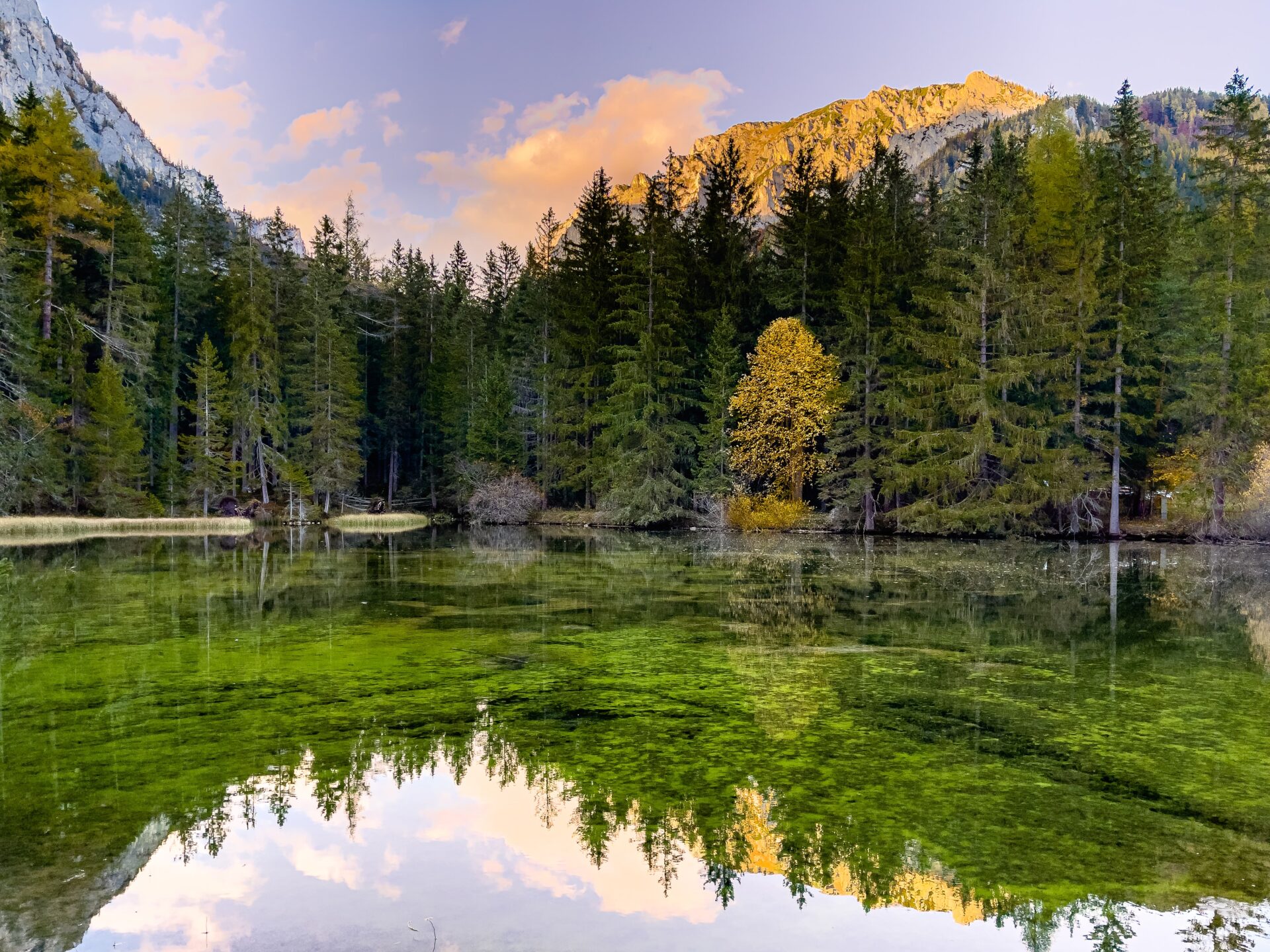
Steady Recovery in Austrian Tourism since the Beginning of the Year
However, the tense geopolitical situation caused by the war in Ukraine and its economic repercussions, especially the massive rise in prices, are increasingly clouding the outlook for the coming months.
In contrast to the lockdown-related total loss of the 2020-21 winter season in Austria (overnight stays –92.4 percent), tourism demand picked up steadily in the past winter after renewed closures at the start of the season, so that the gap between November 2021 and April 2022 and the pre-crisis level of 2018-19 was reduced to an average of just under 28 percent in overnight stays and a good 19 percent in terms of nominal tourism revenue.
Despite rising inflation and considerable economic and political uncertainties, the business assessment of the current business situation of European and Austrian tourism enterprises (according to GD GROW, Confidence Indicator for Industrial Ecosystems and WIFO-Konjunkturtest) is currently very positive: On the supply side, both indicators reached new highs in May 2022. Wage pressure due to the shortage of skilled workers and high inflation rates, rising commodity and energy prices, and the return to the standard sales tax rate in the hotel and catering industry after the expiry of the COVID-19-induced temporary reduction mean that further substantial price increases can also be expected in the tourism industry. Rising costs will have a negative impact on entrepreneurial value creation, as early bookings were made at even lower prices, especially in the accommodation sector, which will reduce profits.
Positively, many guests – especially those in the middle and higher income brackets – are seemingly willing to expand their vacation budget for summer 2022 in order to account for inflation and not have to restrict their travel plans. This is the result of a recent ÖAMTC survey of Austrians on summer vacations in 2022. According to this survey, the average vacation budget is expected to increase by 15 percent compared to 2021. In addition, many trips and the related expenses tend to be planned longer in advance and thus booked at a lower price in an environment of high and accelerating inflation rates. A decline in tourism consumption due to inflation is therefore expected to become tangible towards the end of the year.
The latest ÖAMTC survey also indicates a greater desire to travel than in the two prior pandemic years; however, the destinations of Austrian travelers this summer will once again increasingly be abroad (56 percent of respondents, 2021: 43 percent) – it can therefore be assumed that there will be a certain catch-up effect on international travel. Southern European destinations in particular will benefit from this increased willingness to travel internationally, combined with the desire for vacations by the sea. Also, Austrian city tourism, which was hit particularly hard by the effects of the COVID-19 crisis, could benefit from these catch-up effects.
Given the current political and economic environment, but also the uncertainty about the further course of the COVID-19 pandemic, forecasts of future demand are still subject to considerable uncertainty. Taking into account the above-mentioned factors and on the basis of the assumed development, the total number of overnight stays for the summer of 2022 is expected to be around 75 million.

























